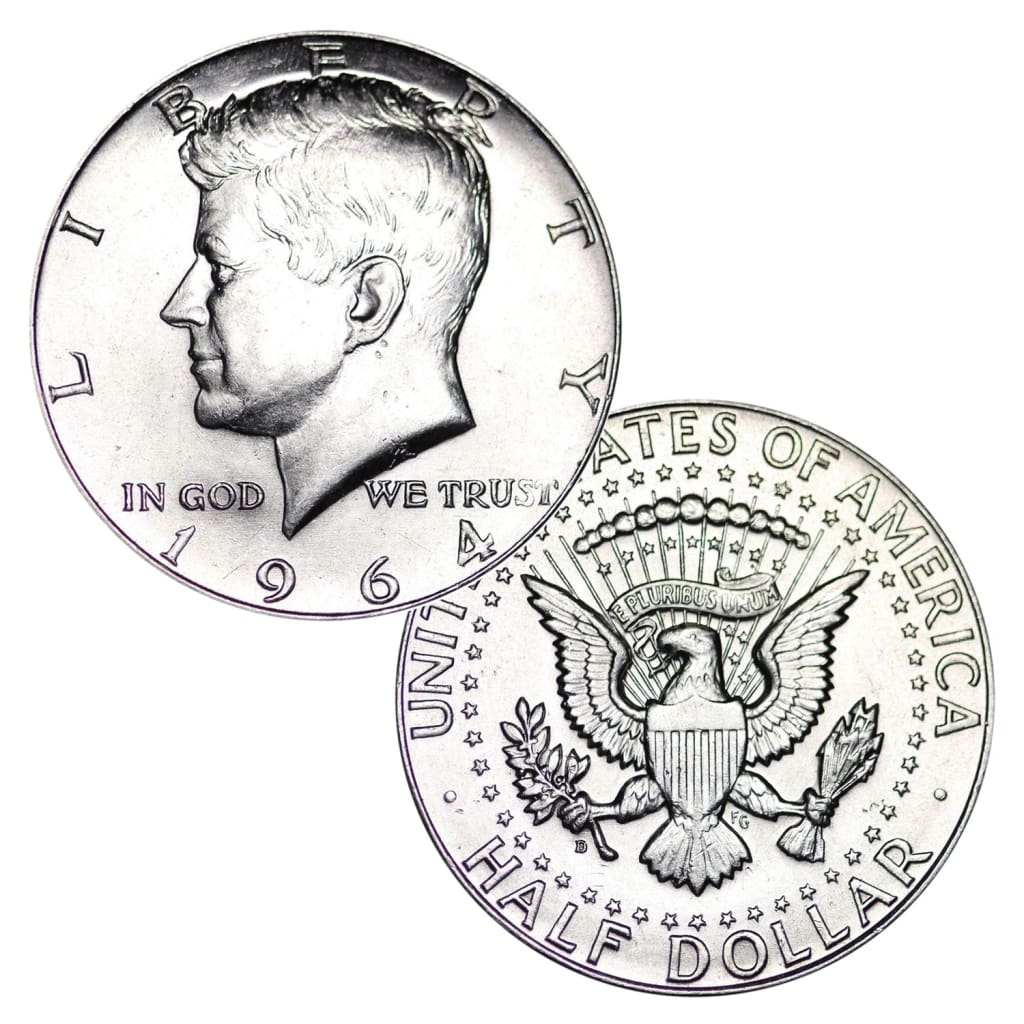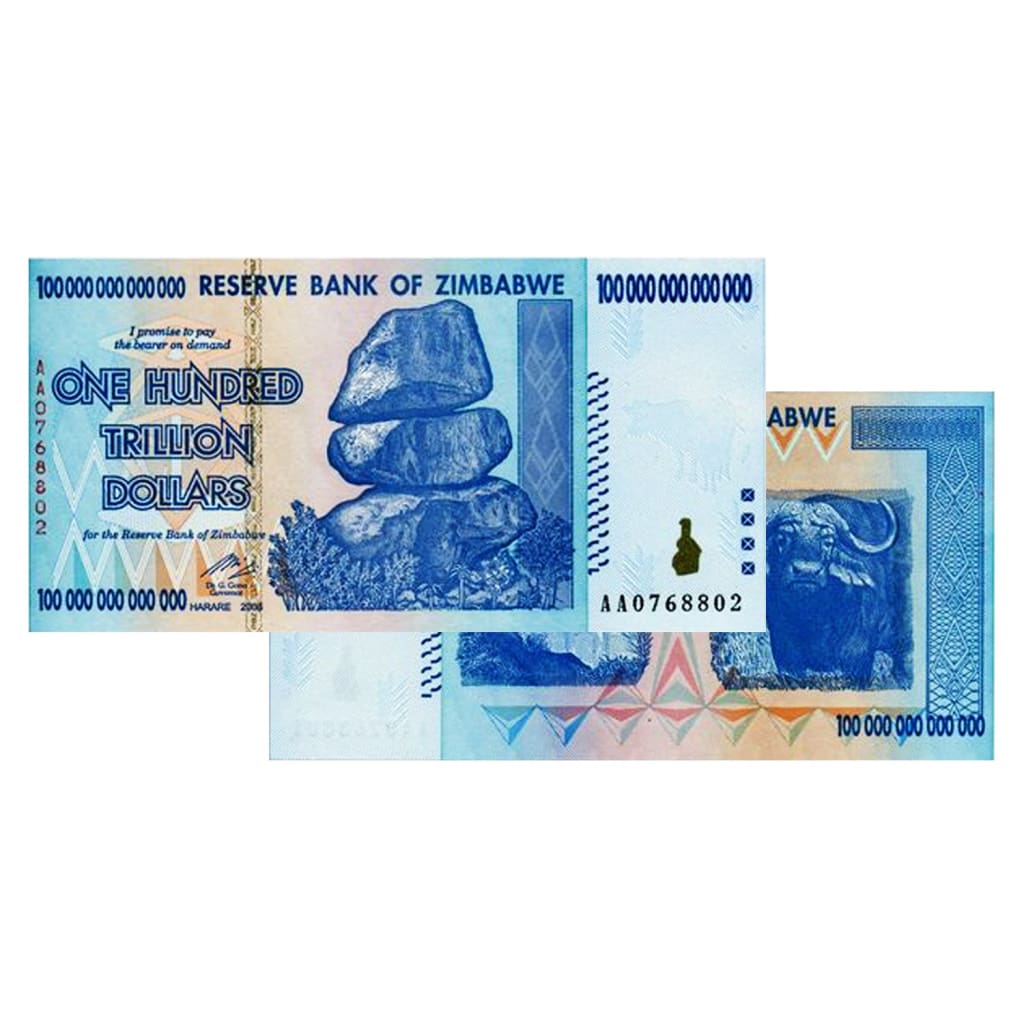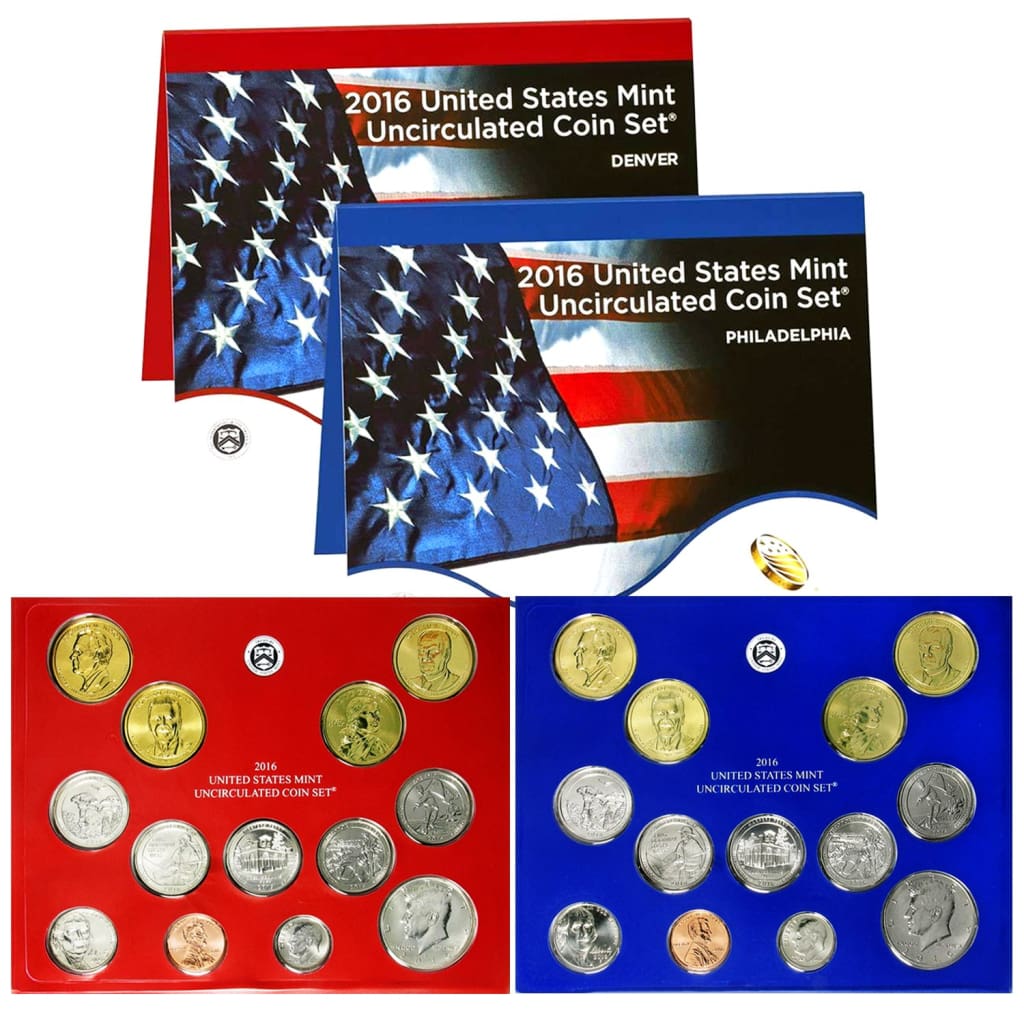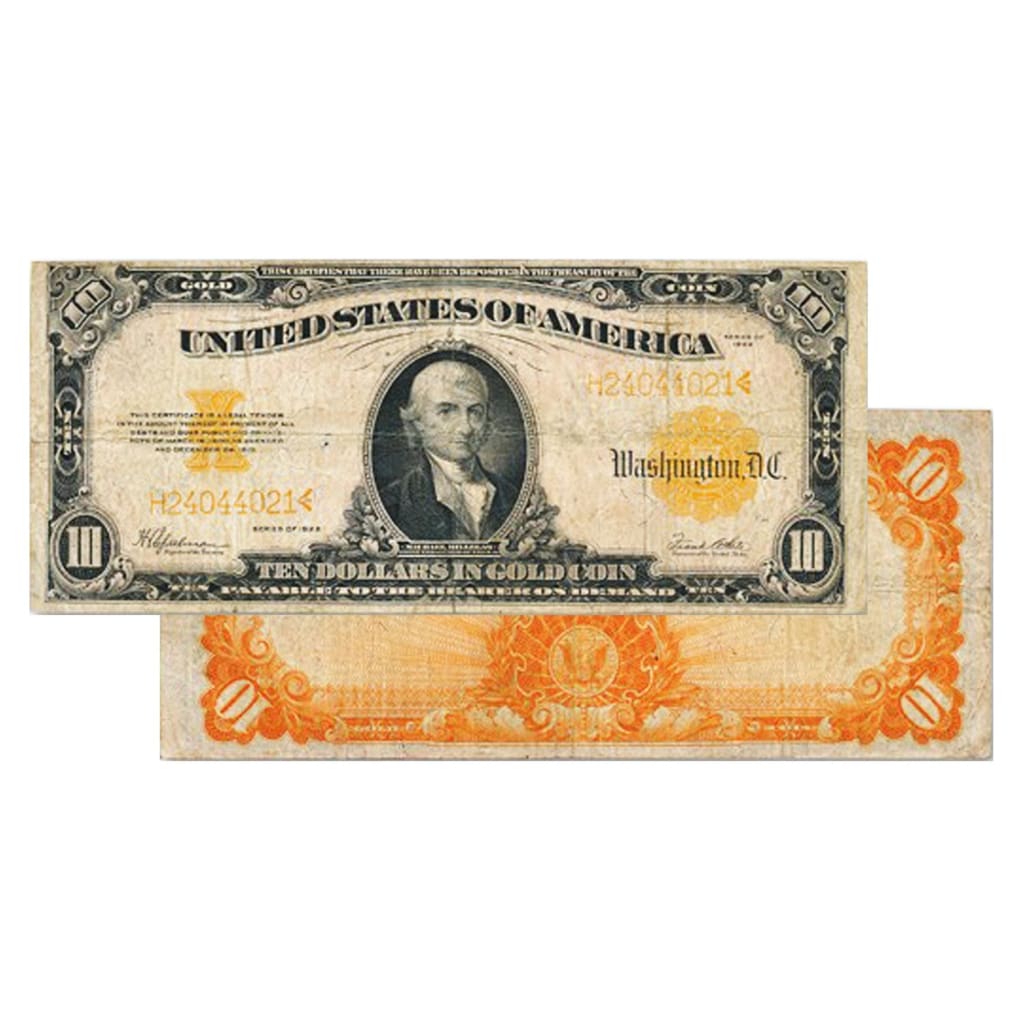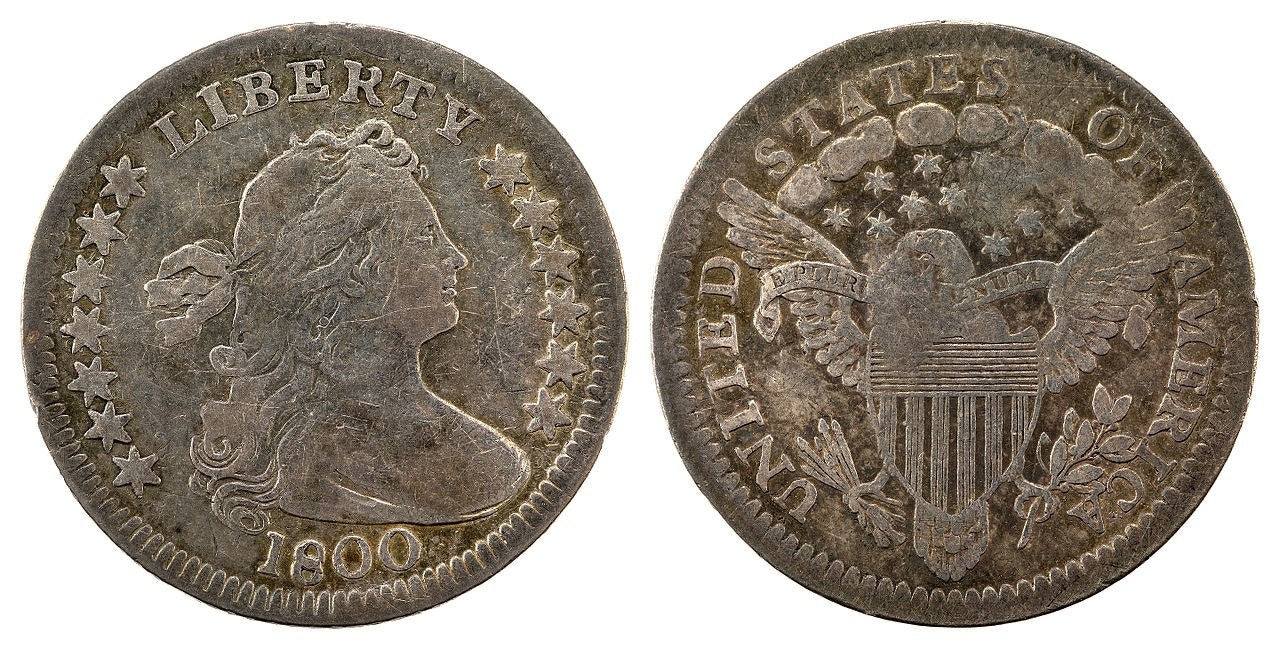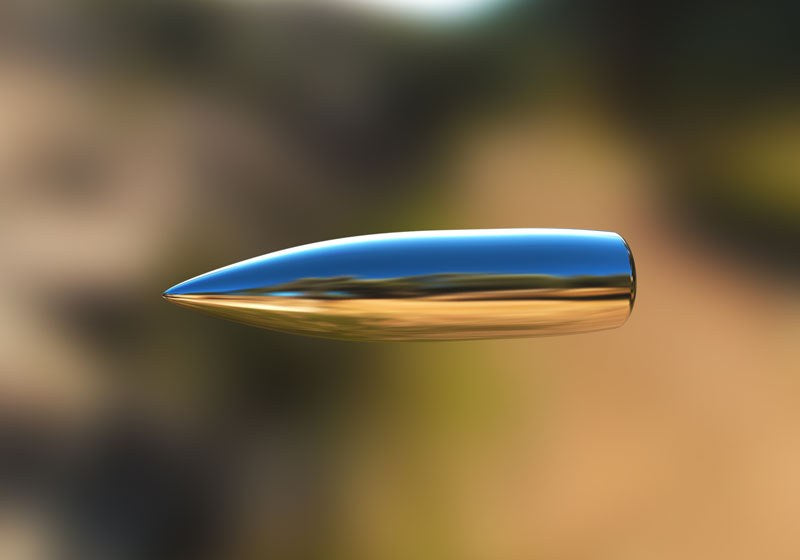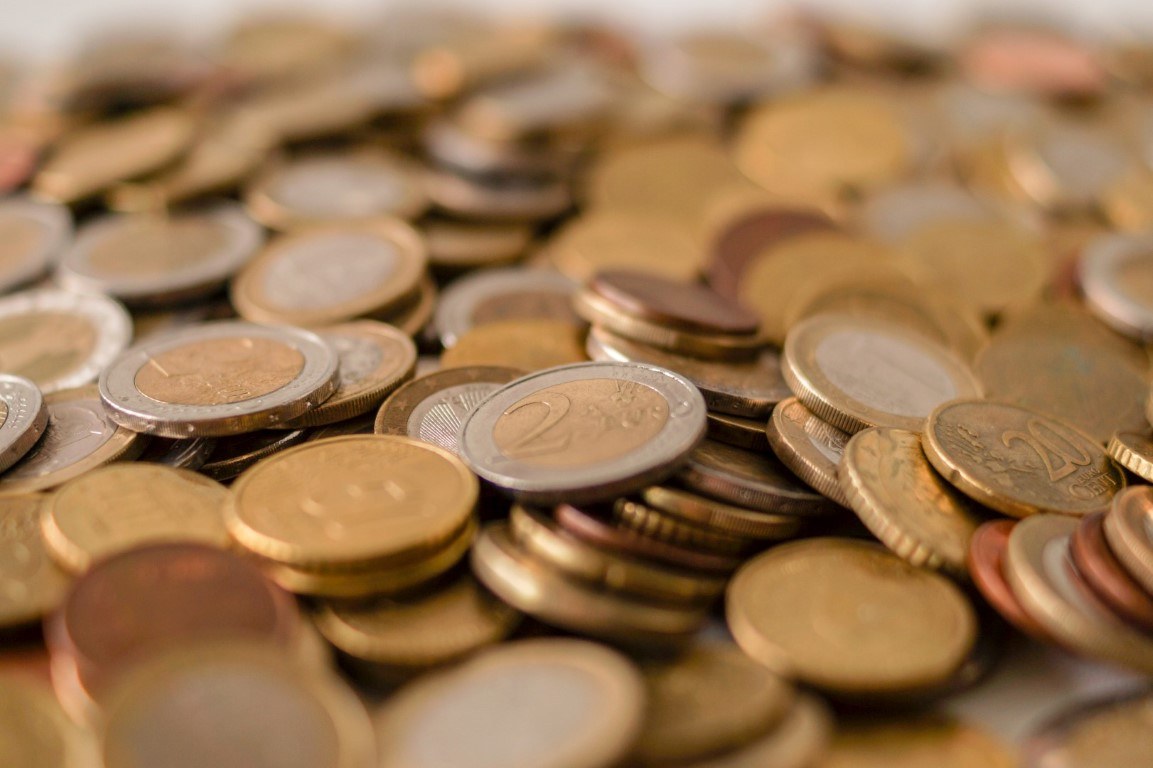Before there were nickels, there were half dimes. In fact, the half dime was the first coin struck by the new US Mint in Philadelphia in 1792, probably as a pattern test. Production began in earnest in 1794 with over 86,000 coins minted through the end of 1795.
The original coins bore a “Flowing Hair” Liberty bust by Robert Scot, the same design used for half dollar and dollar silver coins.
In 1796 a “Draped Bust” design was introduced and there were 15 stars representing the number of states in the Union at the time. When Tennessee was admitted in 1797, a sixteenth star was added until it was realized that there would b no room for additional stars and the design reverted to the original thirteen.
A Wallflower of a Coin
But the coin failed to capture the interest of the public and production was suspended until 1800. When it resumed, mintage never exceeded 40,000 coins with barely 3,000 coins struck in 1802 and none in 1804. Production stopped after 1805 and didn’t resume until 1829. Even though half dimes were issued until 1873, the coin never enjoyed widespread popularity due to its small size, and its silver content (along with considerable lobbying by nickel interests) caused it to be replaced by the nickel coin still in use today.
Once Overlooked, the Early Half Dimes are Now Prized
Coin collecting didn’t attract many followers until the mid-1800s, so the fact that few half dimes were made went largely unnoticed. By the time collectors took interest, many of the coins had been melted down for their silver content and most that remained were heavily circulated and worn.
But by 1863, US collectors began to take notice and an 1802 half dime brought an astounding (for the time) price of $340 at auction. Since then, early half dimes have been eagerly sought with the low-mintage 1802 coin one of the favorites.
Survival estimates for the 1802 half dime are that 25-30 coins remain, but collectors looking for Mint State coins will be disappointed, as none are known to exist. Most of the survivors are in Fair to Very Good condition with only a few known in higher middle grades.
A “Classic Rarity” Appears
Numismatic experts have labelled the 1802 half dime "one of the classic rarities of U.S. numismatics." An AU50 (About Uncirculated) grade 1802 half dime sold for $353,500 at action in 2014, the second highest price brought by a half dime, trailing only the unique 1870-S coin that sold for over $600,000 in 2004.
The coin offered by Stacks Bowers at its November auction in Baltimore, MD is graded AU50 by PCGS making it one of the finest samples of the 1802 half dime known.
The coin is being offered at the Stacks Bowers Rarities Night Auction in Baltimore with live bidding beginning at 5:30 pm Eastern time on November 14. Bids are also being accepted online.
For details about the coin and the auction, visit the Stacks Bowers website.


